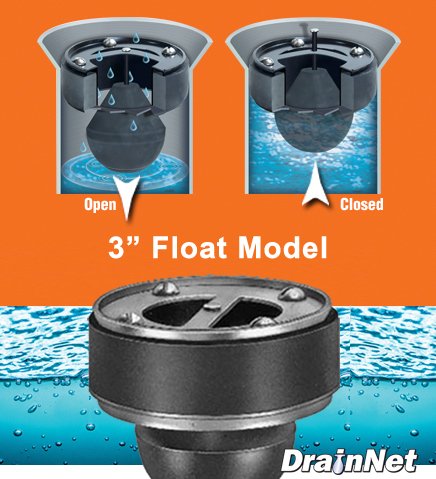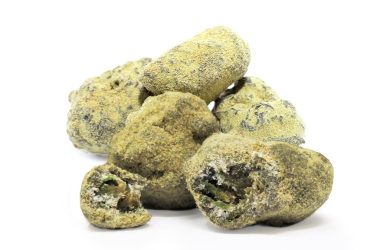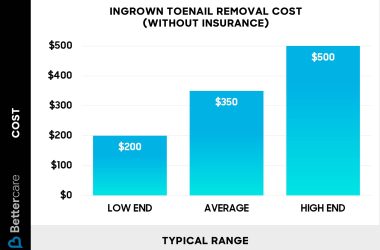To drain a backflow preventer, start by turning off the water supply. Next, open the test cocks to release any trapped water. Then, carefully remove the plugs to allow the device to drain completely. Properly winterizing your backflow preventer ensures its functionality and prolongs its lifespan. Regular maintenance, such as draining it, is crucial to prevent freezing and damage. Follow these simple steps to effectively drain backflow preventer and protect your water system.
How to Drain a Backflow Preventer
Welcome, young engineers and problem-solvers! Today, we are going to learn all about how to drain a backflow preventer. But first, let’s understand what a backflow preventer is and why it’s important to keep it in good working condition.
What is a Backflow Preventer?
A backflow preventer is a crucial device that helps to protect your drinking water from getting contaminated. It ensures that water flows in only one direction, preventing dirty water from flowing back into the clean water supply. This is important because we want to keep our water safe and free from any harmful substances.
Why is Draining a Backflow Preventer Important?
Over time, backflow preventers can accumulate debris, sediment, and other contaminants that can affect their performance. Draining the backflow preventer helps to remove these impurities and ensures that it continues to work effectively. Regular maintenance, including draining, is key to ensuring the safety of your water supply.
Step-by-Step Guide to Draining a Backflow Preventer
Step 1: Safety First
Before you begin, make sure to turn off the water supply to the backflow preventer. This will prevent any water from flowing while you are working on it. Safety goggles and gloves are also a good idea to protect yourself.
Step 2: Locate the Drain Valve
Next, find the drain valve on the backflow preventer. This is usually located at the lowest point of the device. It looks like a small faucet or knob that you can turn to release water.
Step 3: Attach a Hose (Optional)
If you want to direct the drained water away from the preventer, you can attach a hose to the drain valve. Make sure the other end of the hose is in a safe drainage area where the water can flow freely without causing any damage.
Step 4: Open the Drain Valve
Slowly turn the drain valve counterclockwise to open it. You may hear a hissing sound as the water starts to flow out. Let the water drain completely to ensure that all the impurities are flushed out of the preventer.
Step 5: Close the Drain Valve
Once all the water has drained out, close the drain valve by turning it clockwise. Make sure it is secure to prevent any leaks once you turn the water supply back on.
Step 6: Turn on the Water Supply
Now that the backflow preventer is drained, you can turn the water supply back on. Check for any leaks or unusual sounds coming from the preventer. If everything looks good, you have successfully drained your backflow preventer!
Congratulations, young engineers! You have learned how to drain a backflow preventer and help keep our water safe and clean. Remember, regular maintenance is key to ensuring the proper functioning of your backflow preventer. By following these simple steps, you are doing your part to protect our precious water supply. Keep exploring, keep learning, and keep being awesome!
Stay tuned for more exciting adventures in engineering and problem-solving. Until next time!
Mr Fix Moen Backflow Preventer
Frequently Asked Questions
How do I drain a backflow preventer system for winter?
To drain a backflow preventer for winter, first, shut off the water supply to the system. Open the test cocks on the backflow preventer to release any water within. Then, open the isolation valves to allow air to enter the system and facilitate drainage. Finally, make sure all valves are left in the half-open position to prevent damage from freezing temperatures.
What tools are needed to properly drain a backflow preventer?
To drain a backflow preventer effectively, you will need basic tools such as a screwdriver to open the test cocks, pliers to adjust any valves, and possibly a wrench to loosen any tight fittings. Additionally, having a bucket or hose to collect the draining water can be helpful in preventing a mess.
How often should I drain my backflow preventer system?
It is recommended to drain your backflow preventer system at least once a year, preferably before the onset of winter to avoid freeze damage. However, if you notice any issues or suspect water stagnation, it’s wise to drain the system more frequently to ensure proper functioning and prevent contamination risks.
Final Thoughts
To drain a backflow preventer, start by shutting off the water supply. Open the test cocks to release any remaining water. Use compressed air to blow out the remaining water. Finally, close the test cocks and turn the water supply back on. Regularly draining your backflow preventer ensures proper functionality and prevents freezing damage. Remember to follow these steps to effectively drain your backflow preventer and maintain its performance.












